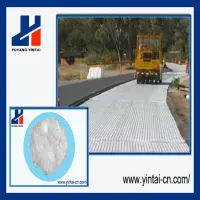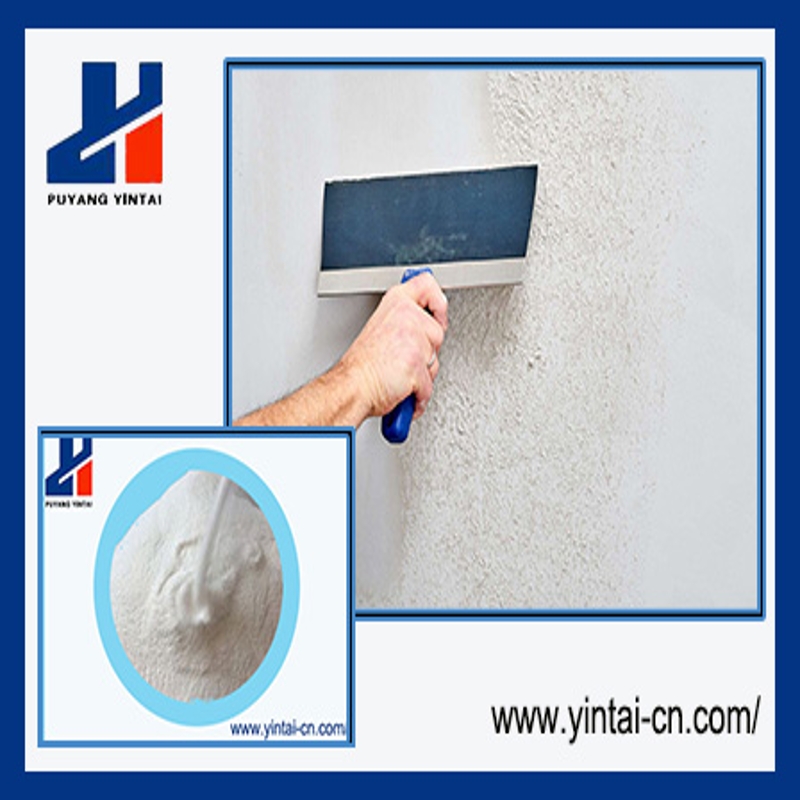-
Categories
-
Pharmaceutical Intermediates
-
Active Pharmaceutical Ingredients
-
Food Additives
- Industrial Coatings
- Agrochemicals
- Dyes and Pigments
- Surfactant
- Flavors and Fragrances
- Chemical Reagents
- Catalyst and Auxiliary
- Natural Products
- Inorganic Chemistry
-
Organic Chemistry
-
Biochemical Engineering
- Analytical Chemistry
- Cosmetic Ingredient
-
Pharmaceutical Intermediates
Promotion
ECHEMI Mall
Wholesale
Weekly Price
Exhibition
News
-
Trade Service
Recently, the research team of Shenzhen Institute of Advanced Technology, Chinese Academy of Sciences and City University of Hong Kong successfully prepared a new energy storage material
for all-vanadium redox flow batteries with a unique hierarchical structure by microwave plasma-enhanced chemical vapor deposition method.
Due to its high capacity, fast response, overload resistance and low maintenance costs, all-vanadium flow batteries are one of
the ideal energy storage methods for power grids, wind energy and solar energy.
However, the application of VRFB still faces many challenges, the main problem is that the electrochemical activity of the electrode is low, which affects the energy storage efficiency
of the battery.
At present, the more effective method is to increase the electrochemical activity specific surface area of the electrode to improve the electrochemical activity site
.
The design idea of the material is to use micron-scale vanadium flow battery carbon felt electrode as the matrix, and synthesize three-dimensional dense arrangement of graphene
on it.
This new hierarchical structure not only increases the specific surface area of traditional carbon felt electrodes by an order of magnitude, but also provides a large number of catalytic active sites for vanadium ions in densely arranged graphene
.
In addition, this new material shows excellent battery stability, the morphology does not change significantly after 100 charge and discharge cycles, and the electrode material after the cycle can be reused many times in other batteries, and can show the same excellent performance
.
The results of this study have important guiding significance
for the development of new high-efficiency all-vanadium redox flow battery materials.
Recently, the research team of Shenzhen Institute of Advanced Technology, Chinese Academy of Sciences and City University of Hong Kong successfully prepared a new energy storage material
for all-vanadium redox flow batteries with a unique hierarchical structure by microwave plasma-enhanced chemical vapor deposition method.
Due to its high capacity, fast response, overload resistance and low maintenance costs, all-vanadium flow batteries are one of
the ideal energy storage methods for power grids, wind energy and solar energy.
However, the application of VRFB still faces many challenges, the main problem is that the electrochemical activity of the electrode is low, which affects the energy storage efficiency
of the battery.
At present, the more effective method is to increase the electrochemical activity specific surface area of the electrode to improve the electrochemical activity site
.
The design idea of the material is to use micron-scale vanadium flow battery carbon felt electrode as the matrix, and synthesize three-dimensional dense arrangement of graphene
on it.
This new hierarchical structure not only increases the specific surface area of traditional carbon felt electrodes by an order of magnitude, but also provides a large number of catalytic active sites for vanadium ions in densely arranged graphene
.
In addition, this new material shows excellent battery stability, the morphology does not change significantly after 100 charge and discharge cycles, and the electrode material after the cycle can be reused many times in other batteries, and can show the same excellent performance
.
The results of this study have important guiding significance
for the development of new high-efficiency all-vanadium redox flow battery materials.







